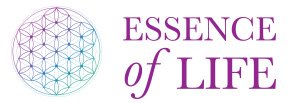At Toronto Thermography Centre, looking after women’s unique health concerns is a big part of what we do. We offer testing that empowers women to take charge of their own holistic wellness – from breast thermography to thermography that offers information on a woman’s thyroid functioning. We’ve talked about hormones before (here), and the impact of a hormonal imbalance on your health and wellness. Estrogen is the hormone that makes us women – and what a great hormone it is. An imbalance of estrogen is often at the heart of women’s health concerns. Here’s what you need to know.
There are three main types of estrogen – estrone (E1), estradiol (E2) and estriol (E3). Some studies have linked the presence of higher levels of estradiol and estrone with increased breast, uterine and ovarian cancer.
A woman’s ovaries produce a supply of estrogen (estradiol and estrone and can be converted to estriol by the liver) and this production begins during puberty. During a woman’s menstrual cycle, the ovaries produce estrogen to prepare the uterus for a possible pregnancy, with these levels of the hormone highest just before ovulation. During menopause, the ovaries shut down production. The adrenal glands produce the hormones testosterone and androstenedione, which can be converted into estradiol and estrone in fat cells, as well as in breast tissue, skin and bone. The placenta also makes estrogen during pregnancy.
There are external sources through which estrogen can enter the body, including foods and herbs, animal products, environmental chemicals and synthetic estrogens. In fact, it is believed that estrogen supplied by these external sources is contributing to a condition of estrogen dominance amongst women. Estrogen dominance is responsible for causing, contributing to or promoting conditions like breast cysts and breast cancer, uterine fibroids, ovarian cysts and cancer, endometriosis, polycystic ovary syndrome and hypothyroidism. On a small scale, estrogen dominance can contribute to feeling unwell, including symptoms like water retention, depression, anxiety and headaches.
There are a few things you can do to help your body balance estrogens:
– Increase daily activity;
– Improve your thyroid function;
– Make some dietary changes: Consume a diet full of good fats, and one that is mainly vegetarian (to avoid estrogens in animal products). Your diet should be rich in phytoestrogens like flaxseed. Brassica vegetables (cabbage, broccoli, brussel sprouts and kale) are great for helping your liver make more C2 estrogen metabolite, and sea vegetables add a healthy dose of iodine;
– Reduce the number of estrogen receptors by increasing melatonin. Get plenty of rest.
– Avoid environmental pollutants including pesticides. Eat organic foods and avoid plastics;
– Avoid the birth control pill and hormone replacement therapies offered during menopause.
The body is a wonderful machine and maintaining a state of inner balance is the key to wellness. We can help you get there. Contact us for your thermography appointment to learn more.
Some information for this blog has been found in the resource The Complete Natural Medicine Guide to Women’s Health by Dr. Sat Dharam Kaur, Dr. Mary Danylak-Arhanic and Dr. Carolyn Dean.




